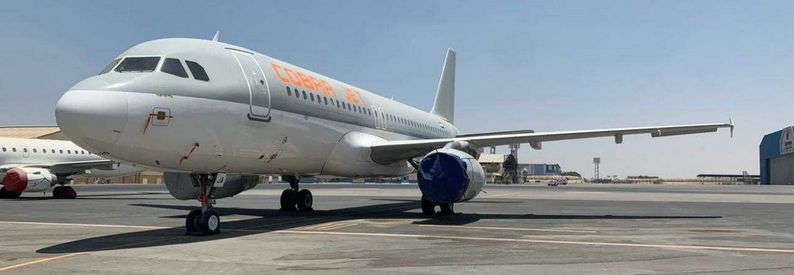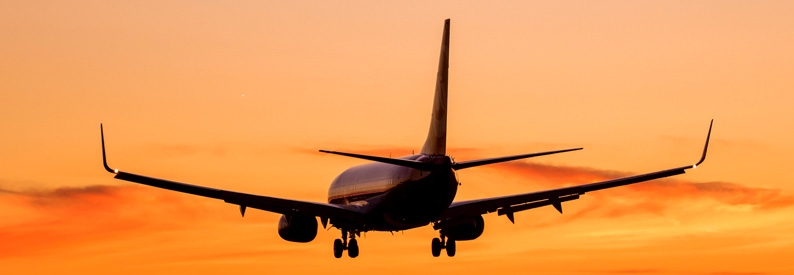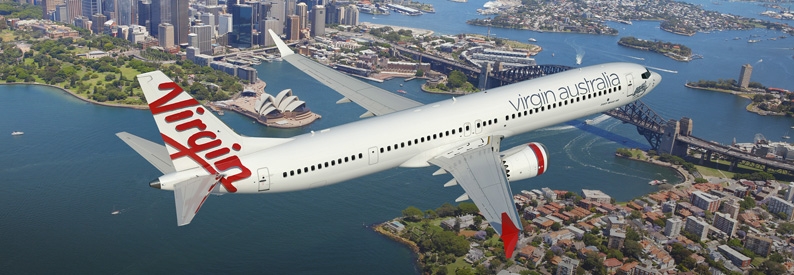Qatar Airways (QR, Doha Hamad International) has confirmed it has taken impairment on half of its fleet of ten A380-800s, with five of the world’s largest passenger airliners not returning to service and the remaining five facing the same fate if the COVID-19 crisis lasts another two to three years.
“There is no future for the A380. It was the wrong aeroplane at the wrong time. It is something that passengers love, many liked to travel on the A380. It's very quiet and it's very spacious, but at the end of the day, for the operator, it's really painful to keep them in the skies,” Qatar Airways Group Chief Executive Officer Akbar Al Baker has told aviation and travel blogger Sam Chui.
He said the operating and maintenance costs of the “superjumbo” were prohibitive in the current economic climate. “An A380 at C-check is three times the cost of that of a B777 or an A350-1000,” he added. "If you look at the fuel burn per seat mile, it's way above that of any other airplane that is flying today.”
Al Baker was reiterating statements he made in January 2021 at a CAPA Live event when he said that half of the airline’s fleet of A380-800s would be retired.
The controversial Qatar Airways boss has been outspoken in recent years about the four-engined aircraft’s environmental impact, repeatedly calling it one of the “worst aircraft” in terms of carbon emissions. “It is the aim of Qatar Airways to keep on growing and become carbon neutral with that growth. That airplane just doesn't help us in that respect," he reiterated.
“I not only think the A380 is an inefficient aircraft, but some people are still bragging that they're going to start operating it and that it's going to be a very profitable airplane. Let's see how long they will be able to sustain that after the pandemic. When there is a huge movement on the green front, passengers will not want to get into an airplane that has a high pollution rating.”
“If they produce an aircraft that has more efficient fuel burn, then we would immediately place an order for that airplane because we want to make sure that we keep on growing and working towards the goal that we have undertaken of carbon neutrality.”
He said more than half of Qatar Airways’ fleet now comprised A350s and B787s. “So we will continue to keep on investing, while at the same time we are doing everything we can to sustain the environment.”
According to the ch-aviation fleets module, the Qatar Airways fleet comprises nineteen A350-1000s with twenty-three of the type on order; and thirty-four A350-900s. It also has thirty B787-8s and seven B787-9s, with twenty-three of the latter to be delivered.
Qatar Airways became the ninth customer of the A380-800 in 2001 when it ordered two of the type plus two on option. It firmed up the USD1.2 billion commitment at the 2003 Dubai Air Show. Qatar Airways ordered three more A380s during the 2007 Paris Air Show. It ordered a further five A380s as part of an order for 55 Airbus aircraft during the 2011 Dubai Air Show.
The carrier expected to take delivery of its first three Airbus A380-800s in June 2014, with plans for the aircraft to be displayed at the Farnborough Air Show. In late May 2014, it was reported the delivery of the aircraft would be delayed by several weeks. Further delays shifted the start of A380 services to London Heathrow to August 1, 2014. Delivery of the first aircraft of the type finally took place on September 16, 2014. A380 services to London eventually commenced in October 2014.
Fellow Middle East carrier, Emirates (EK, Dubai International) has been the biggest A380 customer with 123 ordered of which 118 have been delivered.






